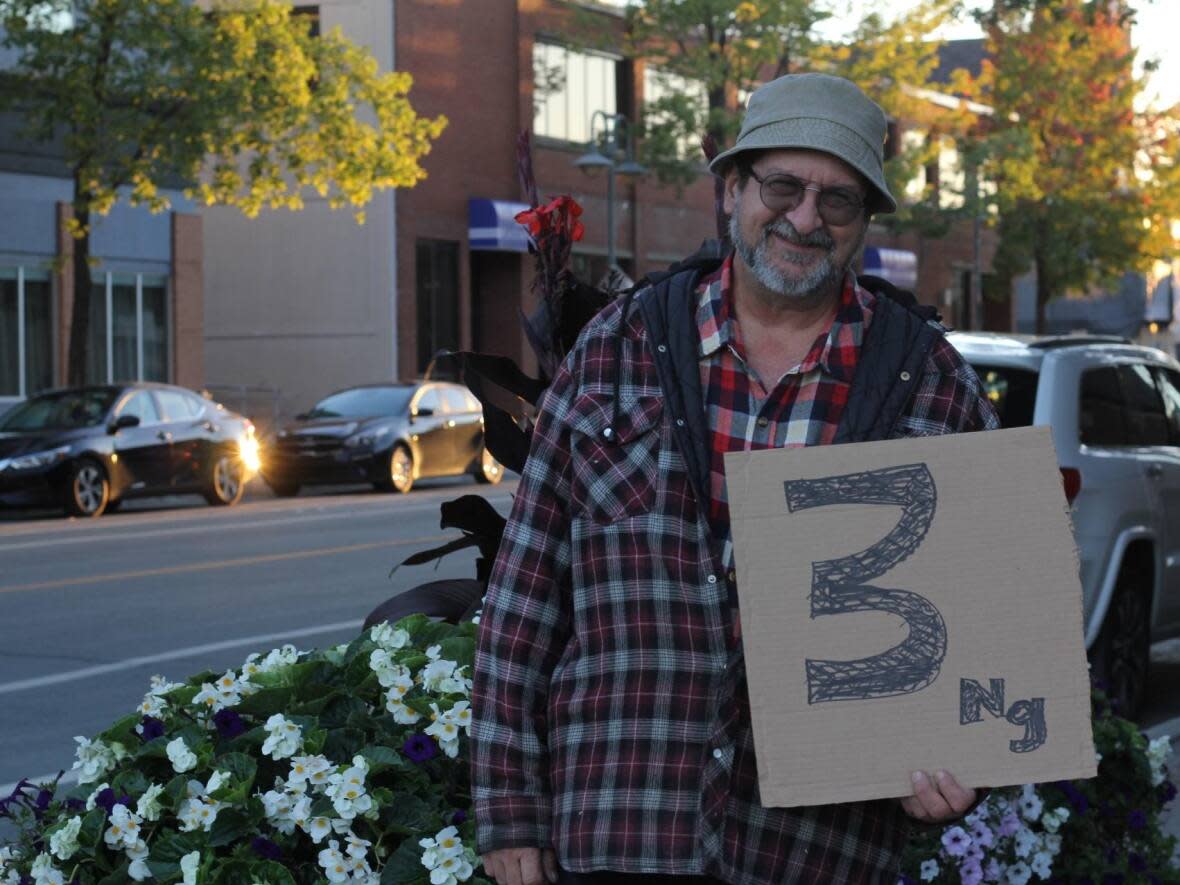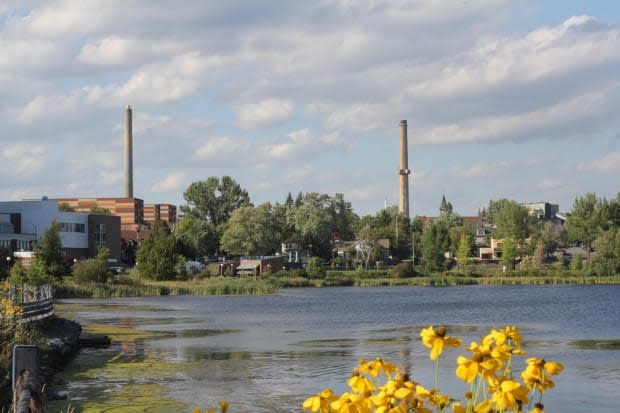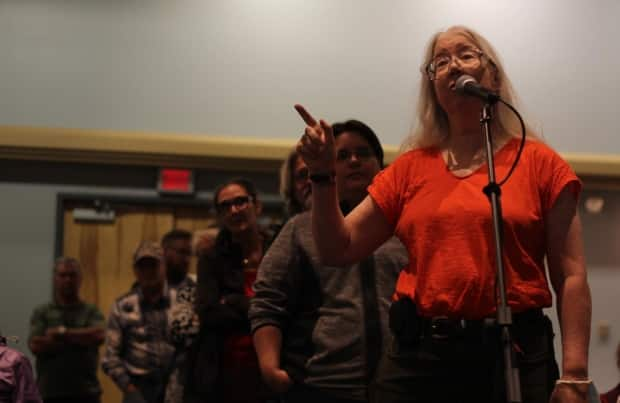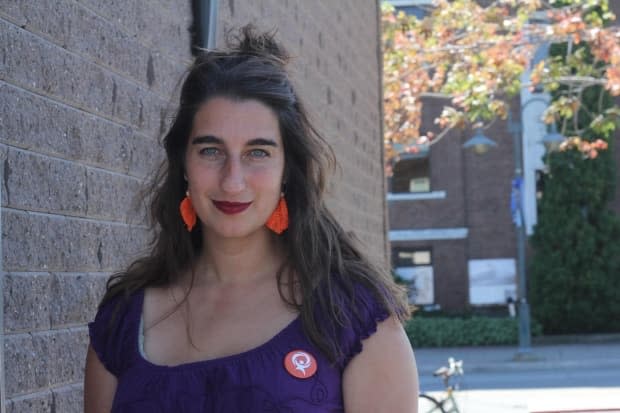Voters in Rouyn-Noranda, Que., want stricter air-quality rules for Horne Smelter

The smokestacks of the Horne Smelter rise above the mining town of Rouyn-Noranda, Que., about 600 kilometres northwest of Montreal.
Ken Brushey, 73, worked there for 38 years and saw the town of about 42,000 develop around Horne.
"People built around the mine," Brushey said. "The mine didn't build around people."
But mines don't vote in provincial elections and many residents who have long suffered from air pollution seem poised to cast their ballots based on which party seems ready to address their growing frustration with high arsenic levels.
People in the streets know what they want and they know exactly what kind of concentration of arsenic particles per cubic metre they are willing to tolerate.
Isabelle Raymond says she wants "to reach three nanograms. That's the most important thing for me."
"We have a lot of cancer in the region and health problems," Raymond said.
Denis Lafond has lived in the Notre-Dame neighbourhood for 20 years and he describes it as the prettiest in Rouyn-Noranda.
"It's a pity that the smelter did not pay more attention to its surrounding environment," he said.

According to research from Quebec's Institute of Public Health, the town's population has been overexposed for decades to arsenic and cadmium — increasing their risk of cancer and pulmonary diseases. The Horne Smelter was built in 1926, long before environmental norms were established.
Every five years, Glencore Canada (the company that owns the smelter) and the provincial government establish a new target for emissions and sign an agreement. The negotiation is happening this year at the end of November — soon after the provincial election.
Quebec's provincial norm for arsenic emissions is an annual average of three nanograms per cubic metre. The smelter is currently permitted to emit an annual average of 100 nanograms per cubic metre.
Recently, Quebec's Environment Ministry and Glencore proposed a new action plan: to reduce arsenic emissions to an annual average of 15 nanograms per cubic metre by 2027.

The regional health authority invited residents of the Notre-Dame neighbourhood to a Sept. 1 meeting where they could ask provincial public health officials questions about the copper smelter's emissions.
About 150 residents attended and more than 40 people asked questions and shared their concerns. The meeting lasted more than four hours.
At the end of it, Quebec Director of Public Health Dr. Luc Boileau said reaching 15 nanograms per cubic metre in five years is not ideal. He'd like the provincial norm of three nanograms to be respected.
Where the parties stand
The outgoing MNA for Québec Solidaire (QS), Émilise Lessard-Therrien says her main priorities this election are the air quality in Rouyn-Noranda and access to health care.
Lessard-Therrien said QS wants the smelter to achieve an annual average of 15 nanograms per cubic metre by October next year. She said the next goal would be to reach the provincial norm of three nanograms per cubic metre as soon as possible.

She also questions whether Boileau — or any of his predecessors — has been able to stand up to pressures from within the government to allow industry to grow. In Quebec, the public health director is also a deputy minister in the Health Ministry.
"We need to have the right information about our health and we don't need public health to defend the government's position or Glencore's plan," said Lessard-Therrien.
Québec Solidaire is also demanding a $30-million plan for the Abitibi-Témiscamingue region to improve its health-care network by hiring more staff.
The Coalition Avenir Québec candidate, Daniel Bernard, says his focus on improving air quality in Rouyn-Noranda would also make it a more attractive destination for new health-care hires.
Parti Québécois candidate Jean-François Vachon says he wants the emissions reduced as quickly as possible — but he says expectations have to be realistic.
"I want to get the 15 nanograms quicker — everybody in town wants that. But we need to understand that we need to construct new infrastructure at the Horne Smelter and, with the labour shortage, it could take time," said Vachon.

Arnaud Warolin, the Quebec Liberal Party candidate, wants more transparency from the Horne smelter.
"We need to inform the public about the true quality of the air by making open data on smelter discharges accessible," he said.
The Conservative Party of Quebec candidate, Robert Daigle, did not respond to CBC's interview request.


